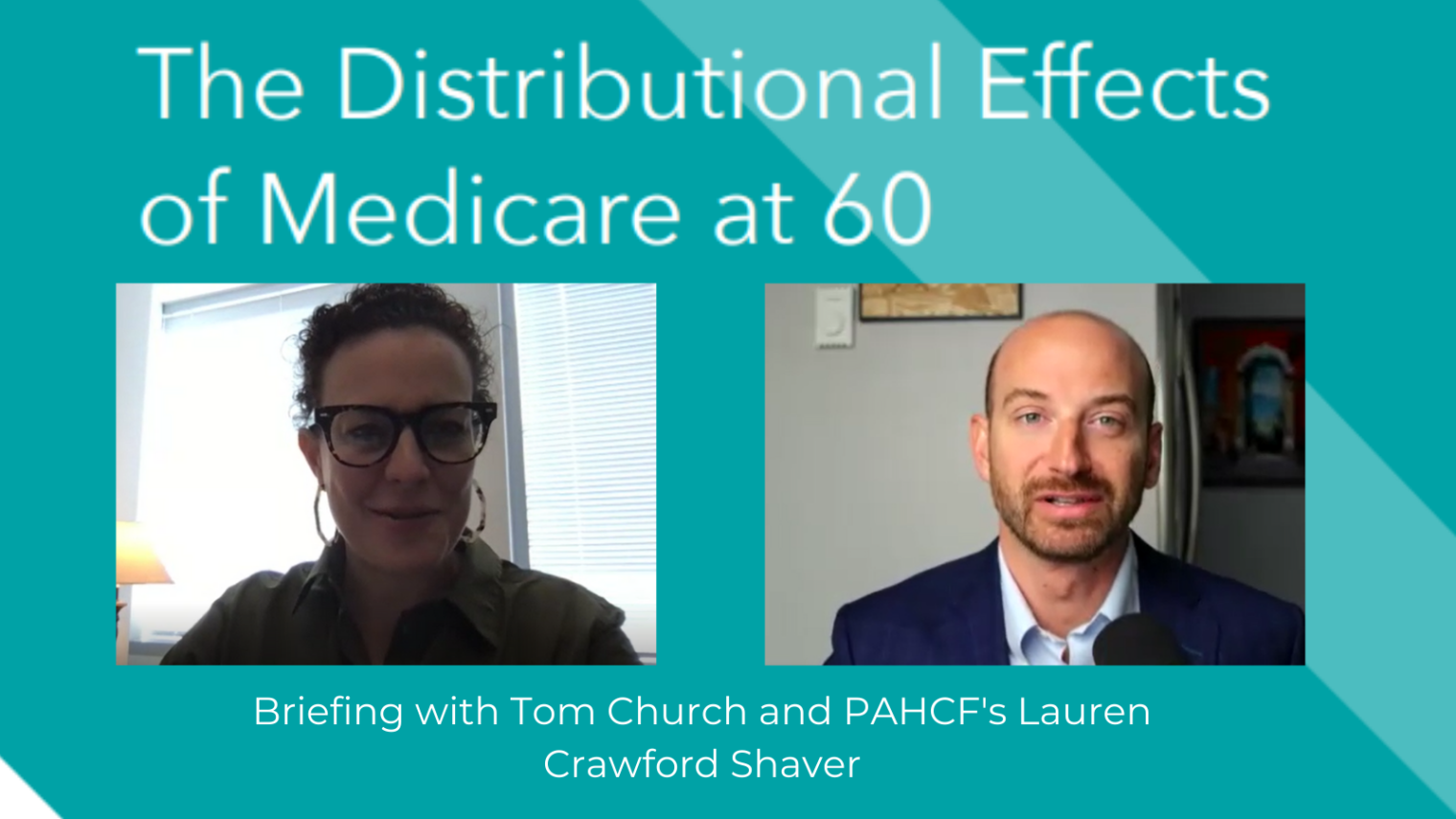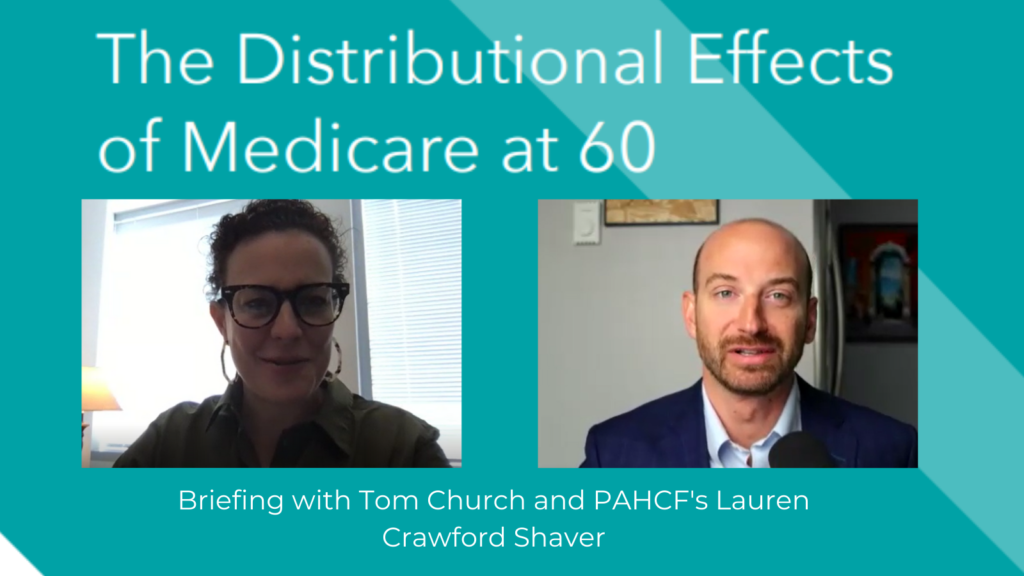ICYMI: Briefing on New Report Showing Medicare at 60 Could Negatively Impact Patients & Health Care Providers


Following the release of the new report, “The Distributional Effects of Medicare at 60,” the Partnership for America’s Health Care Future (PAHCF) hosted a virtual briefing with Lauren Crawford Shaver, executive director of PAHCF, and Tom Church, policy fellow at the Hoover Institution and one of the report’s authors. During the briefing, they discussed this new report and the consequences of proposals to expand seniors’ Medicare to younger Americans and create other government-controlled health insurance systems.
Key Quotes from the Briefing:
“The unavoidable part of Medicare at 60 is that expanding access to subsidized insurance to millions of Americans costs money, and eventually someone has to pay for it.” – Tom Church, policy fellow at the Hoover Institution
“The winners [on the ACA] look like mostly people 400 percent above the poverty line. It should probably be the other way around.” – Tom Church, policy fellow at the Hoover Institution
“Critically, we also looked at reimbursement rates since we’re also in a time of trillion-dollar deficits, and rapid inflation and trying to hold down budgetary costs. We made the decision to look at reimbursement rates if they follow current law projections. That’s important because right now current law says that reimbursement rates provided by Medicare and Medicaid to physicians, hospitals, and health care providers will fall over time. That allows the government to save money but, it also means that revenue for these health care providers falls drastically over time.” – Tom Church, policy fellow at the Hoover Institution
Key Findings from the Report:
- Church and Heil find that lowering the Medicare eligibility age to 60 would add $42.6 billion to the federal deficit in 2023 and increase 10-year deficits by as much as $452 billion (excluding interest costs).
- Gross Medicare spending would rise by $1.2 trillion over the 10-year window.
- Hospitals and physicians could face steep revenue cuts as millions are shifted from private insurance payment rates to lower Medicare rates.
- If Medicare at 60 were enacted for 2023, aggregate payments for hospitals and doctors would fall by $15.1 billion under the projected current-law rates.
- Medicare at 60 would have particularly large effects per enrollee for hospitals in Wisconsin, Washington, and Colorado, due to interstate rates paid by private insurance versus Medicare.
- Medicare at 60 brings an unavoidable trade-off between revenue cuts to physicians and hospitals or higher costs to taxpayers (through higher federal deficits).
- Over one-third of ACA marketplace enrollees would see their combined premium and out-of-pocket payments rise under the proposal, while gaining few additional benefits.
- Medicare at 60 poorly targets those most in need of assistance. The likely winners of the new policy would include many high-income individuals.
- The ACA participants most likely to be made worse off by Medicare at 60 are those with incomes between 135 to 250 percent of the poverty line.
- The Medicare at 60 eligible population is in fact far more likely to have family incomes above 400 percent of the Census poverty thresholds.


###